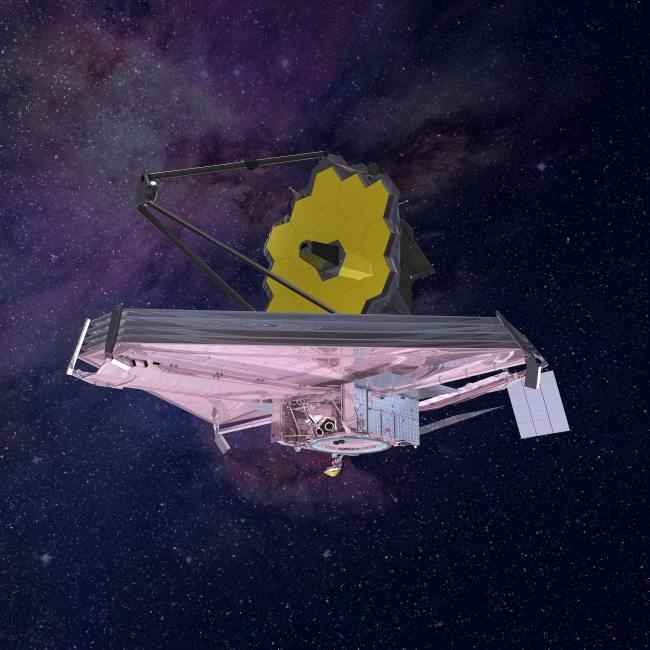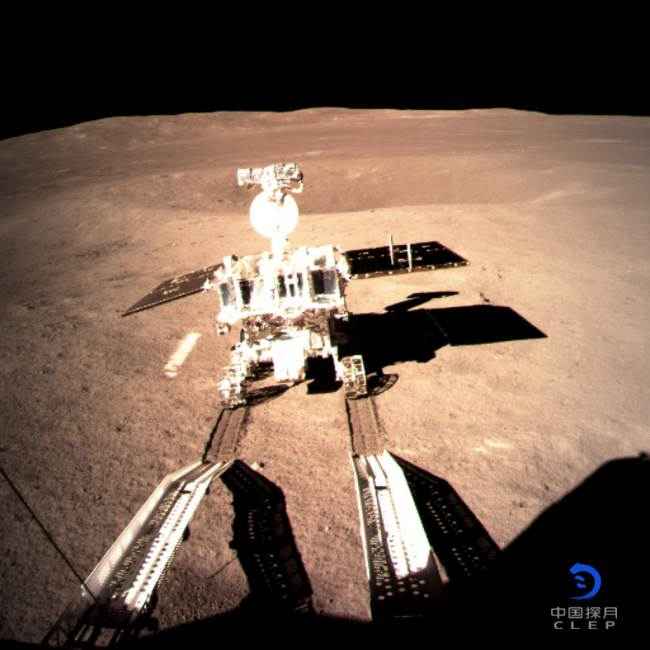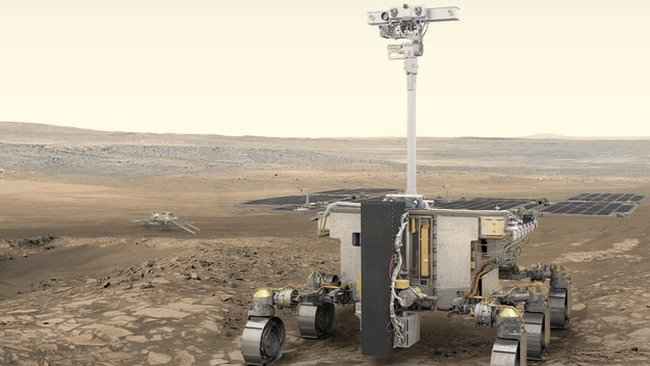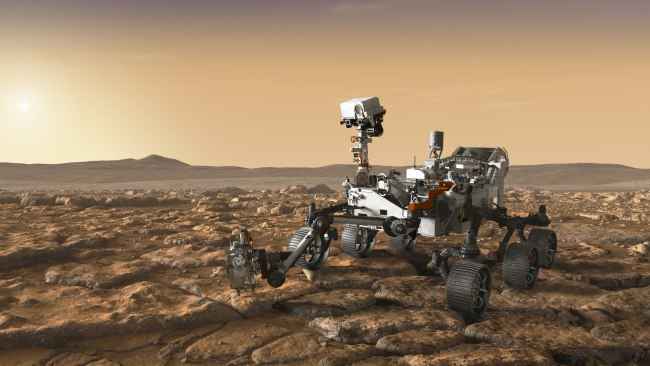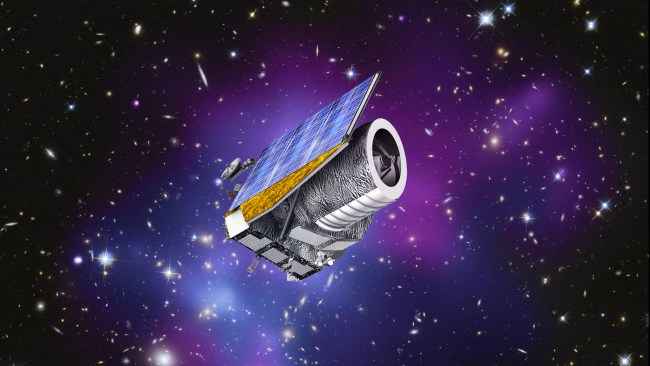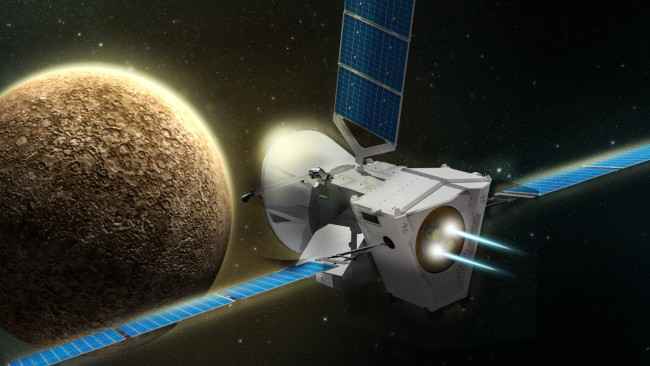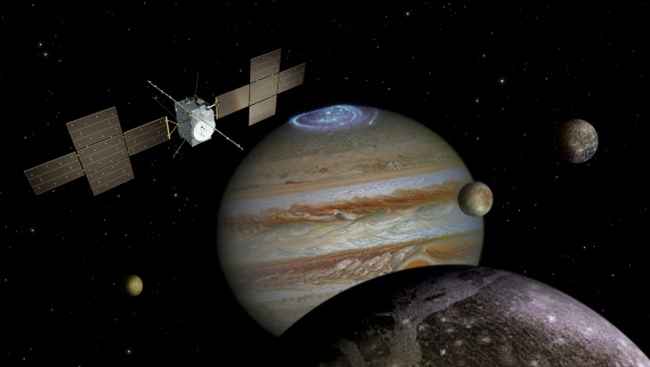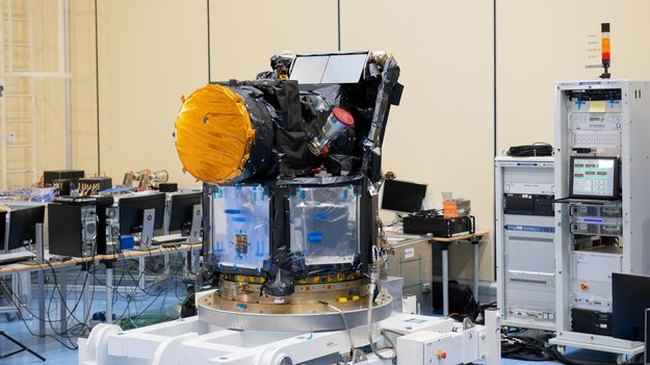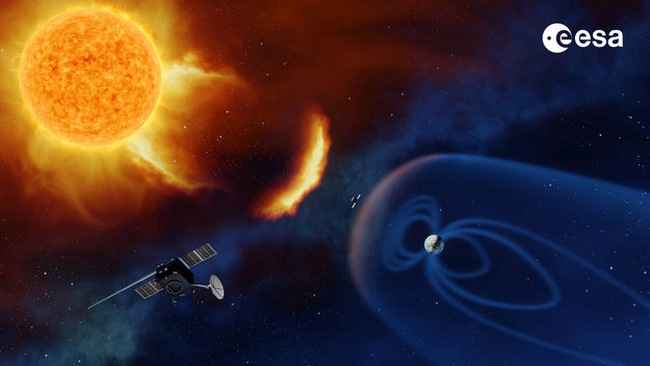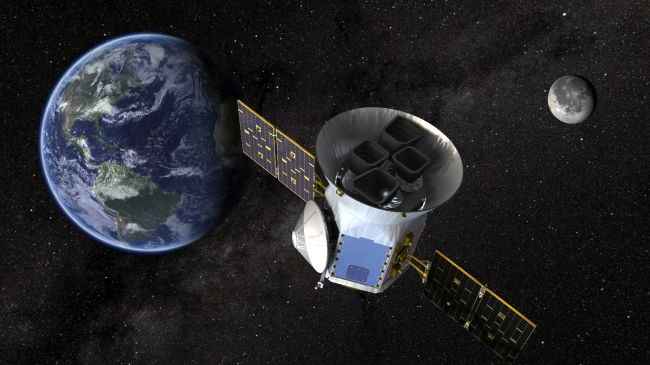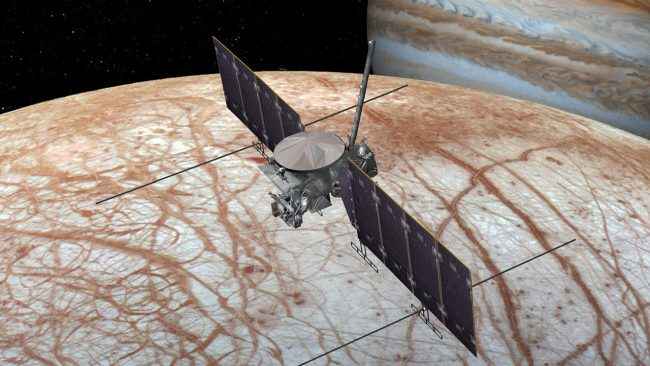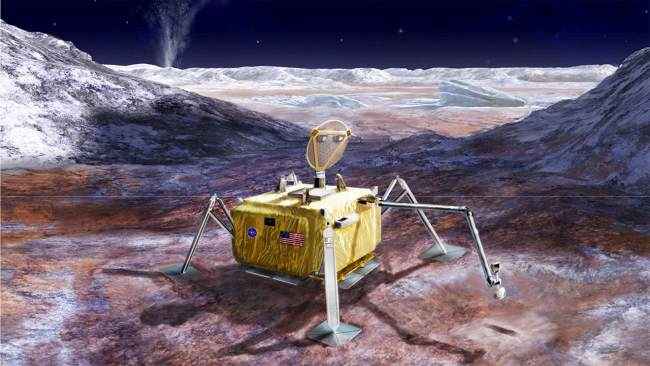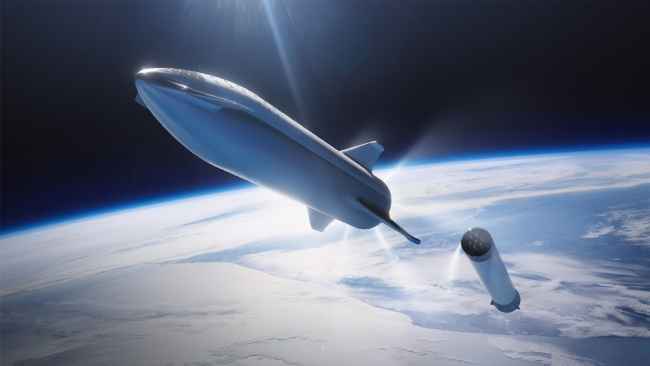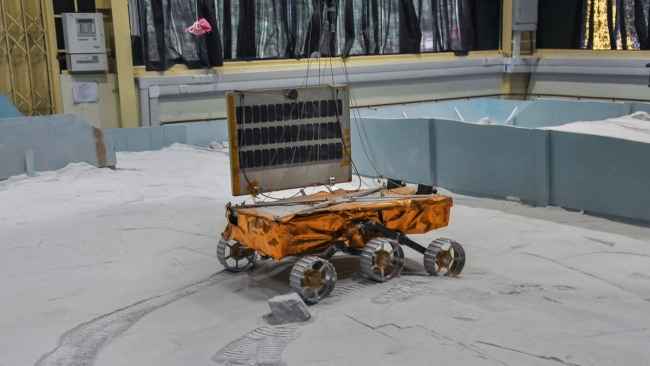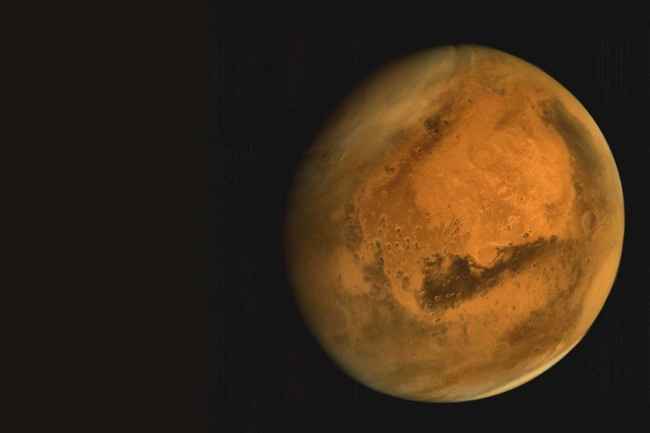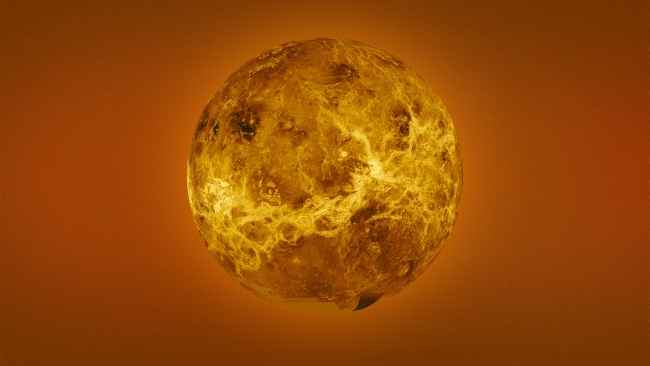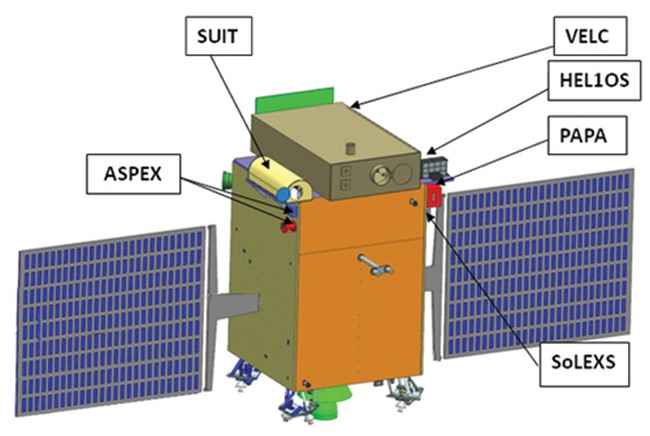18 space missions to look forward to

5The primary concern of the future of space exploration is the search for life. A series of exoplanet hunters and probes to the icy moons of the gas giants all have the overall objective of either finding evidence of life, or suitable habitats where life can flourish. There are also some exciting technology demonstration missions lined up, with science objectives being a bonus. Finally, space agencies are dispatching the next generation of rovers to the Moon and Mars for surface exploration. Every single mission on the list has moved beyond the concept stage, which means that the instruments and probes are in the process of being prepared, and are scheduled for launch.
1. James Webb Space Telescope
The James Webb Space Telescope is the next generation of space telescope, and as such can be considered to be a replacement mission for the Hubble Space Telescope. The imaging resolution is high enough to spot a bumblebee on the surface of the Moon. The primary mirror is made up of 18 segments that will be assembled in space and has an aperture of 6.5 meters. The telescope is planned for a 2021 launch.
2. Chang’e 5
This year, the Chang’e 4 was the first mission to execute a soft landing on the far side of the Moon. The follow-up mission, Chang’e 5 is even more ambitious. CNSA, the Chinese National Space Agency will attempt to land on the Moon, dig two meters into the surface, collect 2 kg of lunar samples, and then return the samples to Earth for further analysis. The mission is currently scheduled for launch towards the end of 2019.
3. Rosalind Franklin rover
Initially known as the ExoMars Rover, the European Space Agency’s robotic explorer on Mars will dig into the ground in search of present or past forms of life. The Rover has been named after Rosalind Franklin, one of the scientists who contributed to understanding the double helix structure of DNA. The mission is scheduled for launch in 2020.
4. Mars 2020
NASA will be sending its own robotic explorer to the surface of Mars in 2020. The rover will also look for signs of habitability in the geological past of Mars, and try to find biosignatures, signs that life had once existed, or currently exists on the Red Planet. The landing spot, known as the Jezero crater has been chosen because it is believed to have been habitable to life. The rover will choose a promising sample to be returned to Earth.
5. Euclid
The Euclid space telescope is a near-infrared instrument with an aperture of 1.2 meters. It has one of the most exciting missions on the list and will study the redshifts of distant and nearby galaxies. The measurements are to better understand dark matter and dark energy, how they affect all the regular matter in the universe and measure the rate of expansion. NASA plans to launch Euclid in 2022.
6. BepiColombo
The BepiColombo mission is a collaboration between ESA and JAXA and consists of a pair of orbiters that will be deployed around Mercury. The two orbiters will observe the exterior and interior of the planet, and understand how the closest planet to the Sun formed and changed over time. The BepiColombo mission has already been launched in 2018, but it is in its cruise phase for seven years. The observations will actually start pouring in after 2025.
7. Juice
The JUpiter ICy moons Explorer is a spacecraft that will explore the Galilean moons of Ganymede, Callisto, and Europa. The spacecraft will study the topographies and geologies of these worlds, understand their suitability for harbouring life and determine the thickness of the ice crusts. The mission is scheduled for a 2022 launch and will observe the ice moons of Jupiter over a period of 3.5 years.
8. Cheops
The CHaracterising ExOPlanets Satellite is an instrument made to study exoplanets and will monitor nearby stars for planetary transits, which can be caught by minor and periodic dips in the brightness of the stars. The satellite will also measure the size and densities of exoplanets, allowing researchers to understand how they formed and evolved. Cheops is scheduled to be launched later this year.
9. Plato
The PLAnetary Transits and Oscillations of stars mission is another exoplanet hunter, and the goal of the instrument is to find Earth-like planets that are particularly suitable for harbouring life. Plato will specifically look for rocky planets in orbit around the habitable zones of their host stars. It will search for planetary transits in over one million stars. Plato will observe stars for longer than previous or future telescopes, known as “dwell” time. This will make the instrument sensitive to planets with longer orbital periods. Plato is scheduled for launch in 2026.
10. Tess
The Transiting Exoplanet Survey Satellite is yet another exoplanet hunter and will be surveying the skies for signs of transiting exoplanets at the same time as Plato. Tess is designed to survey the entire sky, and will be covering an area that is 400 times larger than that surveyed by the Kepler mission. The mission was launched in April 2018, and a paper showing the first exoplanet discovered by Tess, HD 21749 was published in April 2019. Tess is expected to discover 20,000 exoplanets at least, so it is only getting started, and we can expect a number of big discoveries from this spacecraft.
11. Europa Clipper
The Europa Clipper mission will study the habitability of Europa and will survey the Moon for a suitable landing site of a follow-up mission that will attempt to land on the surface. The mission will confirm the existence of a global subsurface ocean and study its characteristics. The instruments on board are designed to better understand the three main requirements of life, liquid water, energy sources, and chemistry. The Europa Clipper mission is scheduled for a 2023 launch.
12. Europa Lander
The Europa Lander mission will complement the studies of the Europa Clipper mission. It is an astrobiology oriented mission, with the primary objective of finding biosignatures in the global subsurface ocean of Europa. It will be equipped with instruments to study the surface of the moon and study the suitability for habitability. It will also characterise the moon for future exploration. The Europa Lander is scheduled for a 2025 launch.
13. BFR
This is not a mission, but a single rocket that will replace the entire SpaceX fleet. The launch vehicle can deliver payloads to Earth orbit, the Moon and even take crewed missions to Mars, and of course, bring them back. Potential applications include long-distance missions to the outer planets and a rapid transportation system on Earth itself. The initial launch is scheduled for 2020 to Earth orbit, with a private manned moon mission scheduled for around 2023.
14. Chandrayaan 3
Chandrayaan 2 is just about to be launched, but ISRO is already planning for a follow-up mission in 2024. Chandrayaan 3 is also expected to have an orbiter, a lander, and a rover. While ISRO will provide the orbiter and lander, JAXA is expected to provide the rover. Like Chandrayaan 2, Chandrayaan 3 is also expected to explore the little-understood polar regions of the Moon.
15. Mangalyaan 2
The Mars Orbiter Mission 2 or Mangalyaan 2 is the follow-up mission to Mangalyaan. While the first was a technology demonstration mission, to provide the expertise to ISRO scientists for injecting a spacecraft in Mars orbit, the second will have serious science objectives. These include instruments to study the surface, atmosphere, exosphere, and ionosphere of Mars. ISRO is working out how to fit all the selected payloads onto the body of the satellite. The Mangalyaan 2 mission is expected to be launched sometime between 2022 and 2023.
16. Shukrayaan 1
As part of its planet exploration program, ISRO is also planning to send an orbiter to Venus. The spacecraft has a planned weight of 175 kg and will perform a series or orbital lowering manoeuvres, getting closer and closer to the planet. The particular science payloads on the orbiter are in the process of getting selected. The mission, Shukrayaan 1 is scheduled for a 2023 launch.
17. Aditya L1
The Aditya L1 is an upgrade to a planned Aditya 1 mission, which had the singular objective of studying the solar corona, and had only a single instrument on board. The Aditya L1 mission will study the Sun continuously, and observe the photosphere, chromosphere, and the corona. The spacecraft will also study the high energy particles emanating from the Sun, as well as the solar wind. The spacecraft has a planned mission duration of 5 years and is lined up for a 2020 launch.
18. Gaganyaan
India’s first human mission was announced at the inauguration of the IRNSS constellation and is one of the milestone missions all Indians are looking forward to. ISRO chairman K Sivan made it clear that it was a human mission, and not a manned mission, and one of the crew on board the orbiting capsule may well be a woman. The atmospheric re-entry module has already been tested to be safe multiple times. The crew for the mission are being selected, and special facilities are being built at India’s launch complex in Sriharikota to accommodate the requirements of the Gaganyaan mission.
Aditya Madanapalle
Aditya Madanapalle, has studied journalism, multimedia technologies and ancient runes, used to make the covermount DVDs when they were still a thing, but now focuses on the science stories and features. View Full Profile

